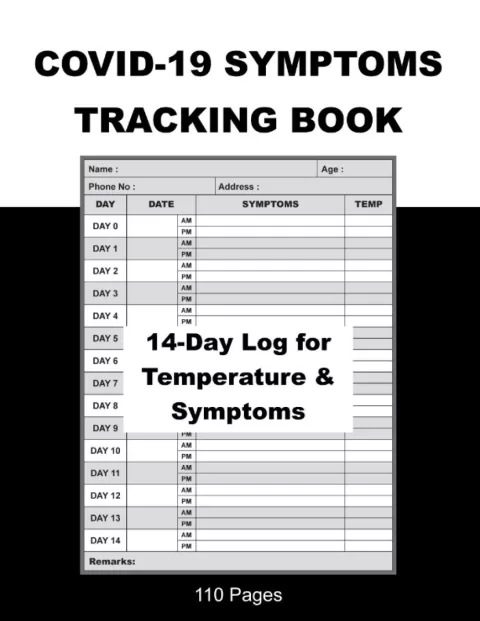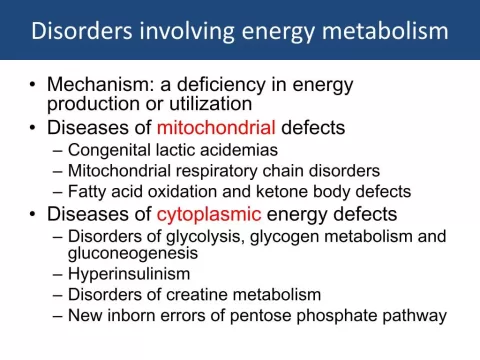Toddler breath holding can be a distressing experience for parents, often leading to confusion and fear. Understanding this behavior, often referred to as breath-holding spells, is crucial for effectively managing your child’s emotional distress. In moments of frustration or strong emotions, many toddlers may suddenly stop breathing, which can be alarming yet typically harmless. The key to parenting breath holding is to remain calm and informed, allowing you to provide the necessary safety during breath holding incidents. This blog post will explore the causes behind this phenomenon and offer practical strategies for toddler behavior management.
The phenomenon of breath-holding in young children encompasses various terms such as involuntary breath stopping or emotional breath control. This behavior commonly manifests during intense emotional episodes, where toddlers may instinctively cease breathing as a response to anger, frustration, or pain. As a parent, recognizing the reasons behind these episodes can help alleviate anxiety and foster a better understanding of your child’s emotional landscape. By employing specific management techniques and focusing on creating a nurturing environment, you can ensure safety while supporting their developmental journey. Understanding this complex behavior is vital for both parents and caregivers in promoting emotional resiliency in toddlers.
Understanding Toddler Breath-Holding Spells
Breath-holding spells are involuntary reactions often observed in toddlers, primarily between the ages of 6 months and 5 years. These spells manifest when a child temporarily ceases to breathe, frequently during moments of anger or frustration. While this may seem alarming, it is vital for parents to understand that these occurrences are generally benign and are typically part of a child’s emotional and physical development. Recognizing the patterns associated with breath-holding spells can significantly help in managing them.
During these episodes, children may experience a range of emotions that trigger the spell. Emotional distress is a critical factor, as toddlers often struggle to express complex feelings like anger or sadness effectively. Breath-holding acts as a physical expression of these emotions, allowing them to exert control in moments where they feel powerless. This understanding helps parents react appropriately and supportively during such anxious moments.
Common Triggers For Breath-Holding in Toddlers
Several factors can trigger breath-holding spells in toddlers. Emotional distress, such as during tantrums or overwhelming feelings, is a leading cause. For instance, a toddler might hold their breath when they are upset because they can’t articulate their frustrations or when they feel a lack of control over a situation. As toddlers are in a developmental phase where they’re learning about their feelings, this type of behavior may be a normal part of their growth.
Physical discomfort can also provoke breath-holding. For example, during instances of crying due to minor injuries, a toddler might instinctively hold their breath. Recognizing these triggers can empower parents to preemptively manage situations better, using strategies like distraction or comforting to diffuse emotional tension before it escalates into breath-holding.
How to Ensure Safety During Breath-Holding Episodes
Safety is paramount when it comes to managing toddler breath-holding spells. If you observe your toddler holding their breath, it’s important to place them in a secure area, such as on a soft surface where they won’t be at risk of injury if they faint. This environment can be a comfortable place, helping them feel more at ease as they navigate their emotional turmoil. By ensuring safety measures are in place, parents can minimize risks associated with fainting spells.
Another crucial aspect is maintaining a calm demeanor. Your response can significantly impact your toddler’s experience during these spells. Remaining calm not only helps soothe your child but also reinforces their sense of security. By responding with grace and patience, you can guide your toddler through this moment, fostering trust and emotional resilience.
Strategies for Managing Toddler Breath-Holding Behavior
One effective strategy for managing breath-holding spells is to observe and understand the triggers that lead to these incidents. Keeping a journal of when the spells occur can reveal patterns in your toddler’s behavior and emotions. By identifying common scenarios that incite distress, parents can modify or steer clear of these situations, potentially reducing the frequency of breath-holding episodes.
Implementing positive parenting techniques can also help in managing toddler behavior associated with breath-holding. Encouragement, gentle redirection, and acknowledgment of your child’s feelings can foster emotional expression in healthier ways. By equipping your toddler with the vocabulary to articulate their feelings, you can help mitigate their frustrations before they result in breath-holding spells.
When to Seek Medical Advice Regarding Breath-Holding
While most breath-holding spells are harmless and resolve without medical intervention, parents should consult a pediatrician if they have significant concerns. If spells are frequent, last unusually long, or occur alongside other concerning symptoms, a professional evaluation can be beneficial. Medical professionals can provide reassurance and specific guidance tailored to your child’s needs, ensuring that there are no underlying conditions to address.
Additionally, discussing breath-holding spells with a pediatrician can equip parents with more strategies for managing these episodes. Knowledge from professionals can aid in understanding the normalcy of these spells as they relate to toddler emotional distress, contributing to better parenting practices and further enhancing the parent-child relationship.
Frequently Asked Questions
What are breath holding spells in toddlers and why do they occur?
Breath holding spells are involuntary reactions in toddlers, generally occurring as a response to emotional distress, frustration, or strong feelings. During these spells, a toddler may temporarily stop breathing, often triggered during tantrums or when feeling overwhelmed. Understanding this behavior can help parents manage and support their child effectively.
How can I ensure safety during my toddler’s breath holding spells?
To ensure safety during breath holding spells, place your toddler on a flat and safe surface to prevent injuries in case they faint. Stay calm and reassuring, as your demeanor can influence how your child handles the situation. Most breath-holding episodes are brief and rarely result in serious harm.
What should I do if my toddler holds their breath frequently?
If your toddler frequently experiences breath holding spells, observe the situations or emotions that trigger these episodes. Keeping track of patterns can help you respond more effectively. If you’re concerned about the frequency or severity of these spells, consult your pediatrician for further guidance.
Is toddler breath holding a sign of emotional distress?
Yes, toddler breath holding can be a sign of emotional distress. It often occurs in response to strong emotions like anger, frustration, or sadness. This behavior is generally a normal part of a toddler’s emotional development and should be managed with care and understanding.
How should I manage toddler behavior when they engage in breath holding?
To manage toddler behavior during breath holding, provide reassurance and create a calm environment. Help your toddler understand their emotions by talking through their feelings and finding ways to express them safely. This approach fosters their emotional development while reducing breath holding episodes.
| Key Points | Details |
|---|---|
| What Are Breath-Holding Spells? | Involuntary responses in toddlers aged 6 months to 5 years where they stop breathing briefly during distress or strong emotions. |
| Common Causes | 1. Emotional Distress: Anger, frustration, or sadness. 2. Exerting Control: Expressing dissatisfaction. 3. Pain or Discomfort: Holding breath during minor injuries or frustrations. |
| Safety and Management Tips | 1. Provide a safe environment: Use a flat surface. 2. Stay calm and reassuring during episodes. 3. Wait for the episode to pass; children often spontaneously breathe again. 4. Observe triggers and patterns to manage responses better. 5. Seek medical advice if necessary for persistent concerns. |
Summary
Toddler breath-holding is a common phenomenon that can occur during episodes of emotional distress or frustration. Parents often witness this startling behavior when their child is upset, which can be alarming. Understanding that breath-holding spells are generally temporary and usually resolved without medical intervention is key. It’s important for parents to create a safe environment and respond calmly when these episodes occur. Monitoring triggers can also help in better managing these situations as toddlers navigate their emotional growth. If concerns persist, consulting with a pediatrician can provide peace of mind. Ultimately, knowledge and patience are essential tools for any parent dealing with toddler breath-holding.
The content provided on this blog (e.g., symptom descriptions, health tips, or general advice) is for informational purposes only and is not a substitute for professional medical advice, diagnosis, or treatment. Always seek the guidance of your physician or other qualified healthcare provider with any questions you may have regarding a medical condition. Never disregard professional medical advice or delay seeking it because of something you have read on this website. If you believe you may have a medical emergency, call your doctor or emergency services immediately. Reliance on any information provided by this blog is solely at your own risk.








